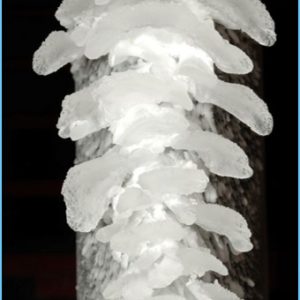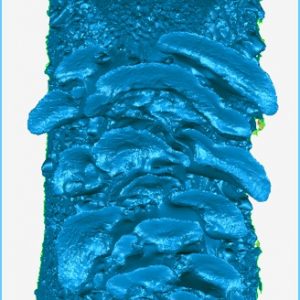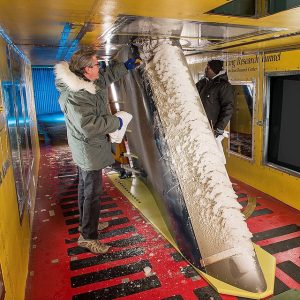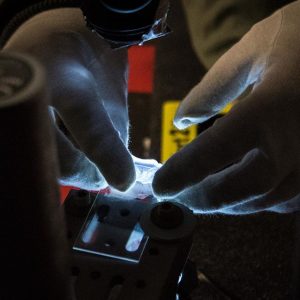Airframe Icing
NASA’s airframe icing research involves the development of tools and methods for evaluating and simulating the growth of ice on current and future aircraft surfaces and the effects that ice may have on the behavior of aircraft in flight.
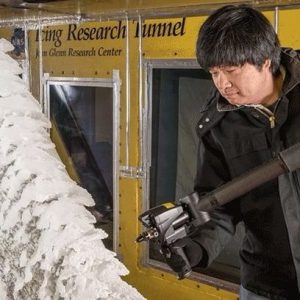
Investigating ice that formed on the external surfaces of a vehicle in flight is how it all began for NASA and icing research. We have provided information over the years that informed regulatory agencies on the range of icing conditions – via flight, ground, engineering tools, and databases. These activities have been conducted internal to NASA and through collaboration efforts with industry, academia, and other government agencies. Today NASA is conducting research toward future generations of advanced airplane configurations with ambitious goals to improve efficiency while reducing emissions and noise. This research relies on the development of advanced icing simulation tools, both experimental and computational, in order to realize these design goals.
For example, NASA is developing computational capability with three dimensional prediction of ice accretion on advanced airframes for future aircraft configurations to assess the icing risk during the development phase. In addition, we’re expanding the capability of our facilities and experimental tools to be able to simulate newer regulatory requirements such as supercooled large droplets. NASA is also looking to the future developing test methodologies and analytical methods to accurately assess the performance of icephobic coatings and materials. There is potential with icephobics for wide application from small unmanned aircraft systems (UAS) to larger aircraft both on the airframes and in the engines.
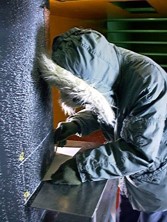
The airframe icing research work is conducted as part of the mission of NASA’s Advanced Air Vehicle Program’s (AAVP) Advanced Air Transport Technology (AATT) Project. Both airframe and engine icing work resides under AATT’s Advanced Aircraft Icing (AAI) subproject. The goal of the AAI subproject is to develop Experimentally validated analytical tools to assess N+2/N+3 Airframes and Engines to quantify these risks and offer prediction methodologies to be available to the aviation community to aid industry design and certification activities. Additionally, under AAVP, the Aeronautics Evaluation and Test Capabilities (AETC) project has invested in a five year effort to ensure advancement in NASA’s ground based supercooled large droplet simulation capability.
View moreabout the Advanced Air Vehicle Program.

